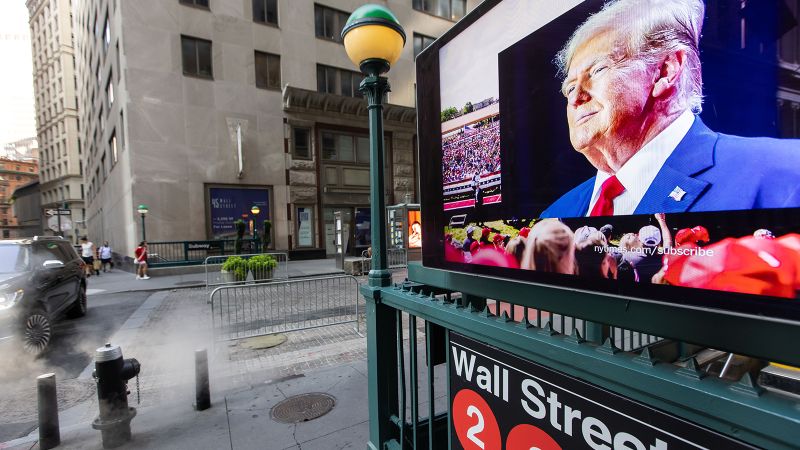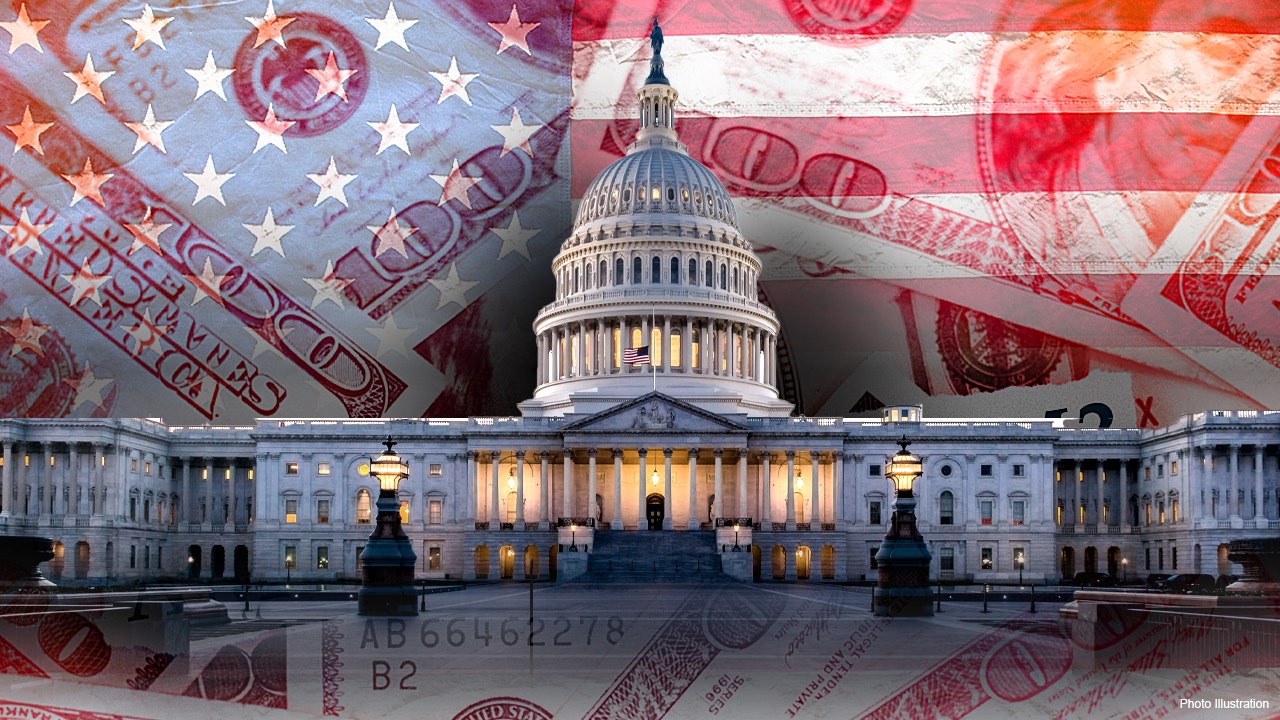CNN
—
Donald Trump’s decisive election victory was about many things: a global rejection of incumbents, a rise in the Republican electorate and a battle for the future of America’s democracy. But voters consistently and repeatedly said issue No. 1 this election was the economy.
That explains a lot about why Trump was reelected.
By several major metrics, the US economy is on fire, the envy of the rest of the world. But Americans still viewed it unfavorably, and a significant number of voters blame President Joe Biden and Trump’s opponent, Vice President Kamala Harris, for failing to make enough improvements to Americans’ financial situations over the past four years. Poll after poll suggested that Americans hold largely negative views about the US economy.
That’s because economic sentiment doesn’t always match up nicely with data that shows the economy is adding jobs, consumer spending is growing and gross domestic product — the broadest measure of the economy — continues to boom. When you pay through the nose for a cup of coffee or when you can’t afford to buy a home, those data are meaningless: You feel shut out of the American Dream.
Housing: America’s home prices have reached new record highs for 15 straight months. That’s great news if you own a home — and not so great if you don’t, especially with mortgage rates remaining stubbornly high, just below 7%. That’s why a record low 2.5% of homes switched owners this year, the lowest in 30 years, according to Redfin.
Rent isn’t offering much relief: About half of American renters shelled out more than 30% of their income on rent in 2023. Households that spend more than 30% of their income on rent, mortgage payments or other housing costs are considered “cost-burdened” by the US Department of Housing and Urban Development.
The housing affordability crisis has helped exacerbate America’s wealth gap, leaving people who are forced to move or don’t own a home in a financial bind. But many people who are hardly poor are also struggling to get by, largely because of how much it costs to live in a home: A fifth of US households that earn more than $150,000 a year are living paycheck to paycheck, according to a Bank of America survey.
Prices: Inflation is back to normal. But that doesn’t mean prices are falling — they’re just not rising at the alarming level they were a couple of years ago.
Prices are roughly 20% higher now than they were when Biden took office, leaving Americans with a daily reminder of how much inflation stinks every time they go to the store. Gas prices have fallen dramatically over the past couple of years, sinking from a record average high of above $5 in 2022 to below $3 a gallon in many states now. That has helped, but not solved, the inflation problems many Americans continue to face on a daily basis.
Politics: A lot of how you feel about the economy depends on your politics. And the number of registered Republicans in America is growing.
A recent study from the Brookings Institution, released last week, found a correlation between economic sentiment and political affiliation with the party in control of the White House. When Trump took office, Republican economic sentiment surged, while Democratic sentiment cratered. The opposite happened when Biden took office.
But Republicans are three times more likely to think the economy is good when a Republican is in office than Democrats when a Democrat holds the White House — and the reverse is true, too.
Still, Trump will be inheriting a strong economy — on paper, anyway.
Jobs: The biggest indicator of economic security is whether or not you have a job, and a historically high percentage of people do. Even though the unemployment rate has been ticking higher over the past year, at 4.1%, it remains at a very healthy level, rising incrementally from the lowest unemployment rate since the first moon landing.
The US economy’s job-creation machine has slowed this year — particularly in recent months. Last month, the economy added just 12,000 jobs. Still, the economy is continuing to add a monthly average of 170,000 jobs this year, which is almost exactly the number the economy added during the first three years of the Trump administration, before Covid hit (175,000 jobs per month).
Companies are still clamoring so much for workers that the number of job listings is greater than the number of American job seekers, according the US Bureau of Labor Statistics.
GDP: The broadest measure of the US economy is booming. Gross domestic product grew at a seasonally adjusted annualized rate of 2.8% last quarter, the Bureau of Economic Analysis reported Wednesday. That’s a healthy pace by any measure, and it’s on par with the economic expansion during the Trump administration, when people were feeling much better about the state of the economy.
It has also made America’s economy the envy of the world: Projected US economic growth for this year remains the strongest of any of the G7 economies, according to the International Monetary Fund.
Paychecks: Workers’ paychecks aren’t booming like they were a couple years ago when inflation was truly off the rails. But they’re still growing at a 3.9% adjusted rate, according to the Department of Labor. That’s still a faster clip than inflation, which means the amount of money Americans have to spend is growing.
Inflation-adjusted disposable income per capita rose for the 27th straight month, according to the BEA, the longest streak on record.
Consumerism: Despite polls to the contrary, consumers are acting like the economy is great. Consumer spending, which accounts for more than two-thirds of America’s economy, is surging, rising 3.7% last quarter, the highest rate of growth since the first quarter of 2023, according to the BEA.
And consumer confidence is on the rise, too — it surged in October by the largest amount in any survey since March 2021. Still, it remains well below where it was before the pandemic, during Trump’s first term.










